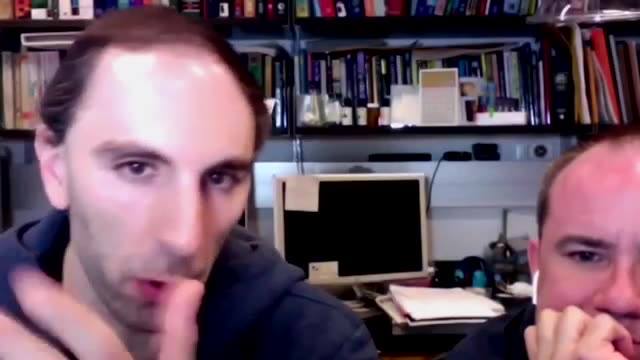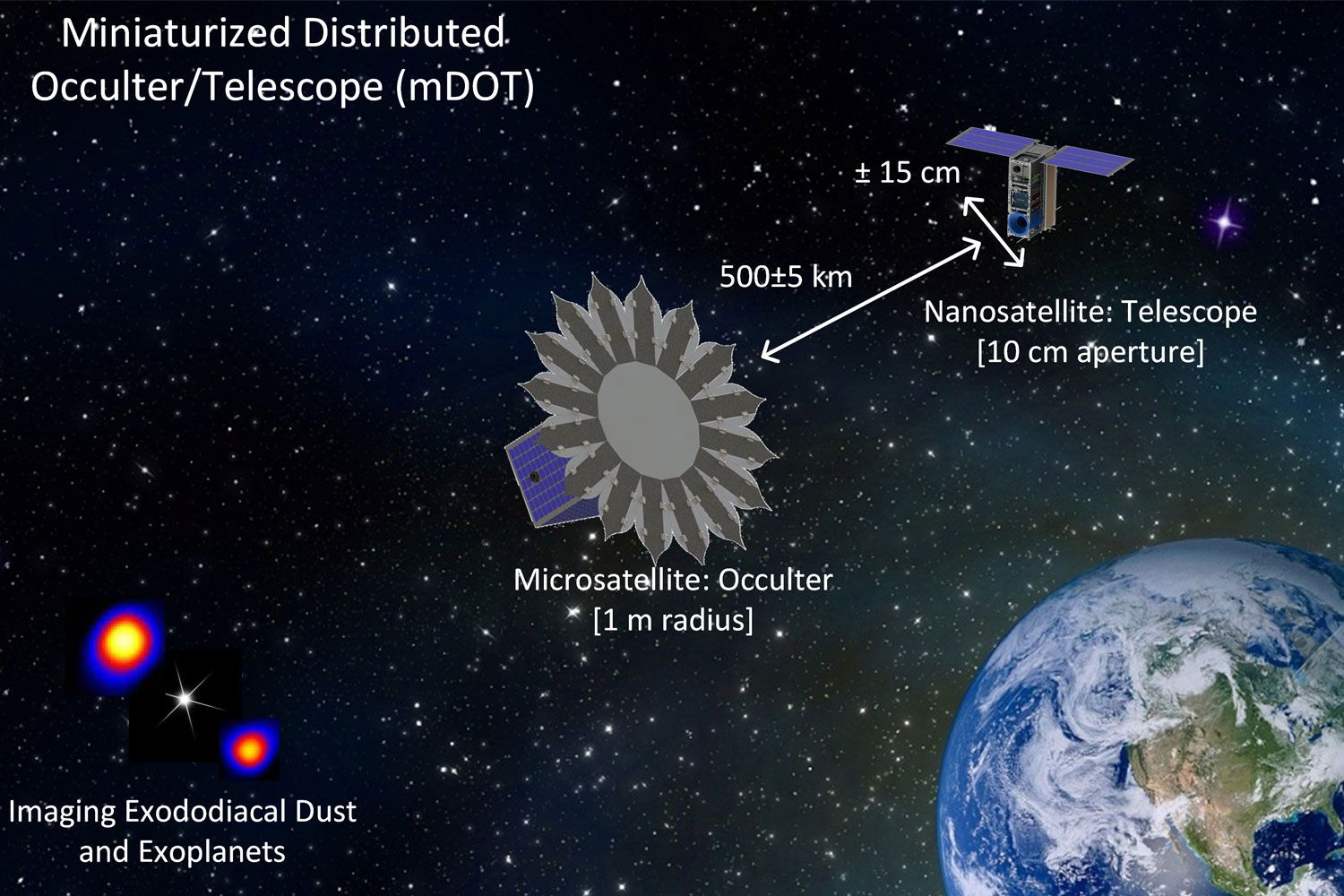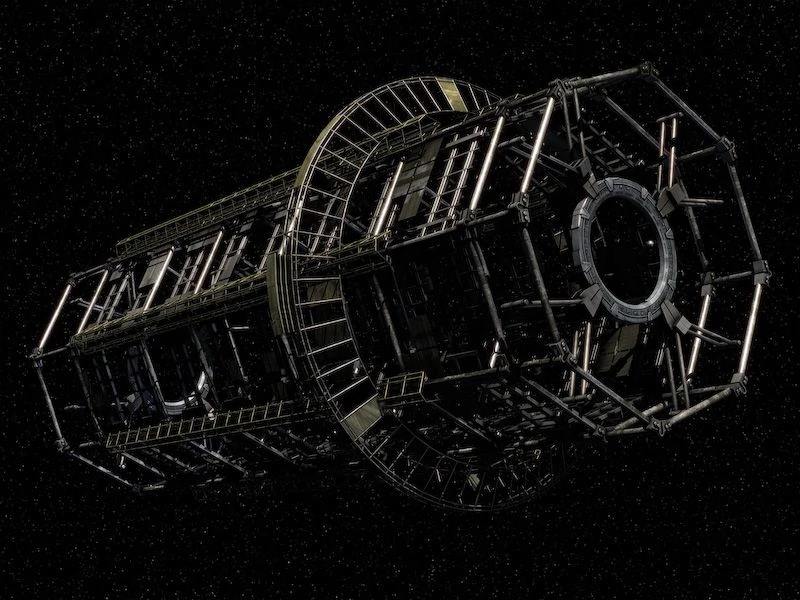Page 9939
Aug 7, 2017
CRISPR star Jennifer Doudna calls for public debate on embryo editing
Posted by John Gallagher in categories: biotech/medical, genetics
Jennifer Doudna reflects on what she sees as achievements and misuses of CRISPR genetic editing method.
Aug 7, 2017
Pentagon Tightens Rules After Fake Cops Buy $1.2M in Weapons
Posted by John Gallagher in categories: government, law enforcement, military
A sting operation run by the Government Accountability Office revealed a number of loopholes that bad actors could use to buy excess military arms and equipment through the 1033 program.
When you realize you’ve somehow sold $1.2 million worth of controlled military equipment to a law enforcement agency that doesn’t exist, you’re likely to jumpstart efforts to reform that program.
That’s what happened when the Defense Logistics Agency learned that a sting operation run by the Government Accountability Office had exploited vulnerabilities in the Pentagon’s 1033 program, which sells local, state, and federal law enforcement agencies excess military equipment.
Continue reading “Pentagon Tightens Rules After Fake Cops Buy $1.2M in Weapons” »
Aug 7, 2017
An artificial eclipse for imaging extrasolar planets
Posted by Klaus Baldauf in category: alien life
In our hunt for Earth-like planets and extraterrestrial life, we’ve found thousands of exoplanets orbiting stars other than our sun. The caveat is that most of these planets have been detected using indirect methods. Similar to how a person can’t look at anything too close to the sun, current telescopes can’t observe potential Earth-like planets because they are too close to the stars they orbit, which are about 10 billion times brighter than the planets that surround them.
A possible solution might be to create an artificial solar eclipse with two precisely positioned spacecraft, according to Simone D’Amico, assistant professor of aeronautics and astronautics at Stanford and director of the Space Rendezvous Laboratory. One craft – known as a starshade – would position itself like the moon in a solar eclipse, blocking out the light of a distant star, so a second spacecraft with a telescope could view the nearby exoplanets from within the shadow cast by the starshade.
“With indirect measurements, you can detect objects near a star and figure out their orbit period and distance from the star,” said D’Amico, whose lab is working on this eclipsing system. “This is all important information, but with direct observation you could characterize the chemical composition of the planet and potentially observe signs of biological activity – life.”
Continue reading “An artificial eclipse for imaging extrasolar planets” »
Aug 7, 2017
Russia’s Banks Get Serious About Digital Currencies
Posted by Derick Lee in categories: bitcoin, cryptocurrencies, economics, finance
With Russia looking to cure its economy of a hydrocarbon addiction, a consortium of the country’s biggest banks is proposing that it explores a different kind of gas for the answer.
The lenders, including Sberbank PJSC and VTB Group, aren’t developing gas of the natural variety. It’s also the name of a virtual unit based on the blockchain of ethereum, the world’s biggest cryptocurrency after bitcoin. The banks are hoping that by adopting the technology they will make payments safer and faster, while thrusting Russia to the forefront of a trend that’s transforming the financial industry.
Aug 6, 2017
Project RAMA: Reconstructing Asteroids Into Mechanical Automata
Posted by Klaus Baldauf in categories: solar power, space travel, sustainability
Many interesting ideas have been conceived for building space-based infrastructure in cislunar space. From O’Neill’s space colonies, to solar power satellite farms, and even prospecting retrieved near earth asteroids. In all the scenarios, one thing remained fixed — the need for space resources at the outpost. To satisfy this need, O’Neill suggested an electromagnetic railgun to deliver resources from the lunar surface, while NASA’s Asteroid Redirect Mission called for a solar electric tug to deliver asteroid materials from interplanetary space. At Made In Space, we propose an entirely new concept. One which is scalable, cost effective, and ensures that the abundant material wealth of the inner solar system becomes readily available to humankind in a nearly automated fashion. We propose the RAMA architecture, which turns asteroids into self-contained spacecraft capable of moving themselves back to cislunar space.
Aug 6, 2017
With genetic morph, a weird type of anthrax has emerged—and it’s on a rampage
Posted by Bryan Gatton in category: genetics
Aug 6, 2017
The Israeli Military is Buying Copter Drones With Machine Guns
Posted by John Gallagher in categories: drones, military, robotics/AI

A breakthrough in drone design gives a glimpse into the future of urban warfare.
The Israeli military is buying small multi–rotor drones modified to carry a machine gun, a grenade launcher and variety of other weapons to fight tomorrow’s urban warfare battles. Their maker, Florida startup Duke Robotics, is pitching the TIKAD drone to the U.S military as well.
Continue reading “The Israeli Military is Buying Copter Drones With Machine Guns” »
Aug 6, 2017
Many people ask us why the government does not seem to fund longevity research
Posted by Steve Hill in categories: government, life extension

Aubrey gives his opinion, and explains how audience members can help support research at SENS.
Aug 6, 2017
Alexandra Elbakyan – Science Should be Open to all Not Behind Paywalls
Posted by Steve Hill in category: science

A few days ago, at the international exhibition Geek Picnic 2017 in Moscow, LEAF director Elena Milova had the opportunity to talk with the founder of Sci-Hub, Alexandra Elbakyan. The Sci-Hub website is devoted to providing scientists, students, and researchers with free access to scientific publications which would otherwise be locked behind paywalls.
In this exclusive interview, Alexandra talks about the history of the project and shares her vision on how to stimulate the transition to an open access system globally.















